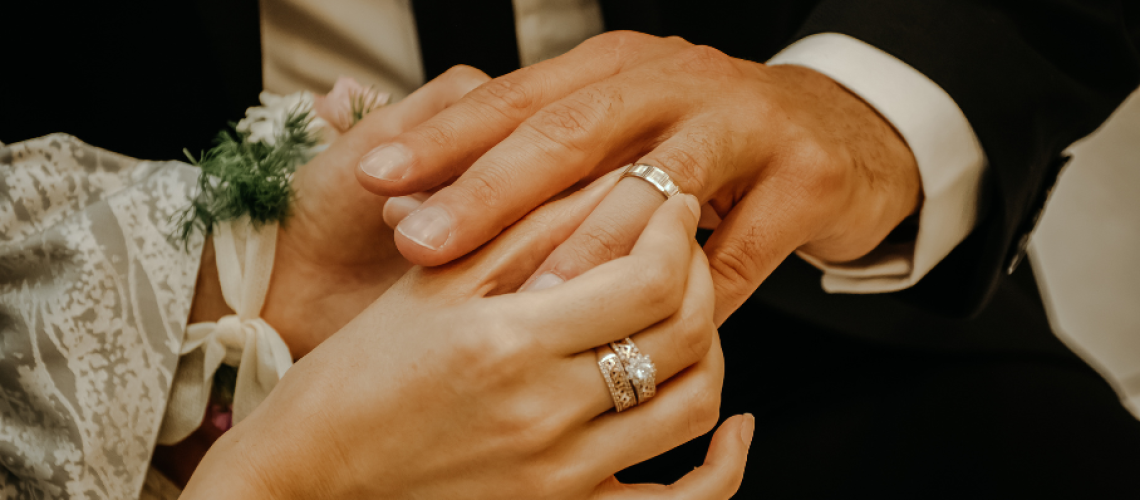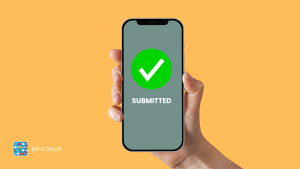Navigating the world of taxes can sometimes feel overwhelming, but there’s one lesser-known gem that can make a significant impact on your finances while being surprisingly simple to understand and apply for. We’re talking about the Marriage Allowance – a tax-saving opportunity that lets you and your partner optimise your tax payments as a couple.
In this guide, we’ll break down the process and show you how this little-known tool can help you save money effortlessly.
Think you’re eligible for this expense? Contact us at [email protected] now.
How It Works:
At its core, Marriage Allowance involves transferring a portion of your Personal Allowance to your spouse or civil partner. Your Personal Allowance is the amount of income you can earn before you start paying income tax. Let’s break down the steps:
1. **Transfer Personal Allowance:** You can transfer £1,260 of your Personal Allowance to your partner, reducing their tax by up to £252 for the tax year.
2. **Qualification:** To benefit as a couple, the lower-earning partner typically needs an income below their Personal Allowance (£12,570) for the tax year.
3. **Calculate Savings:** By transferring a portion of your allowance, you might have to pay a bit more tax, but the overall tax bill as a couple could be reduced.
Example:
Let’s consider an example to illustrate the impact:
– Your income: £11,250, Personal Allowance: £12,570 (no tax).
– Partner’s income: £20,000, Personal Allowance: £12,570 (tax on £7,430).
By transferring £1,260 of your allowance to your partner, your income is under the remaining personal allowance (£12,570-£1,260) of £11,310 , and your partner’s taxable income is reduced to £6,170. As a result, you’re collectively paying tax on a lower income, saving you £252 in tax.
Who Can Apply:
To be eligible for Marriage Allowance:
1. You must be married or in a civil partnership.
2. Your income is below your Personal Allowance.
3. Your partner pays Income Tax at the basic rate (£12,571 – £50,270).
Important Notes:
– Marriage Allowance isn’t available if you’re living together but you are not married or in a civil partnership.
– Different rules apply in Scotland, where your partner’s income range for eligibility is £12,571 – £43,662.
Backdating Your Claim:
You can backdate your claim to any tax year since April 5, 2019, if you were eligible for Marriage Allowance during those years. This could potentially lead to significant retroactive savings.
Conclusion:
Navigating your taxes might seem complex, but gems like Marriage Allowance prove that some strategies are both straightforward and impactful. By understanding and utilising this simple process, you and your partner can unlock substantial tax savings without breaking a sweat.
Ready to take the next step? Book a call with us to start your claim and begin optimising your finances as a couple.







